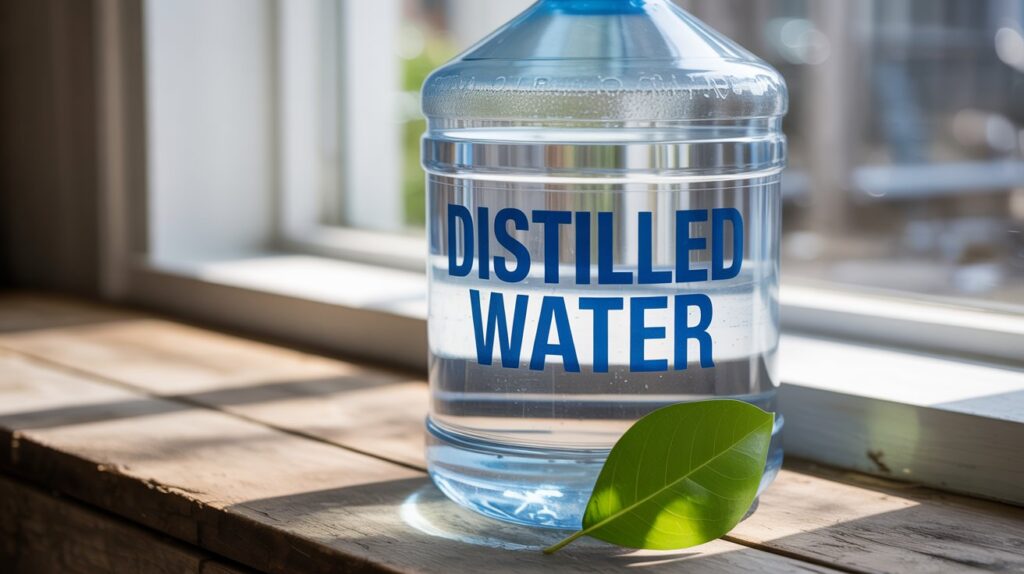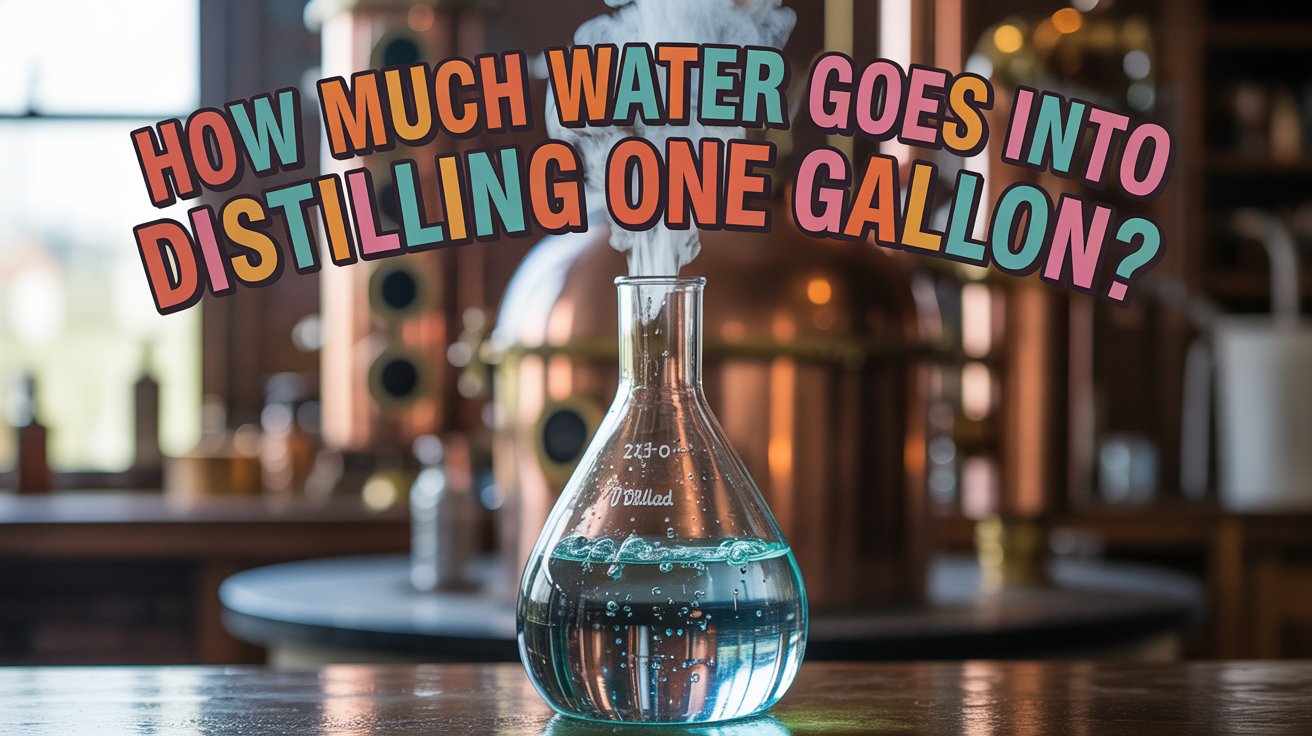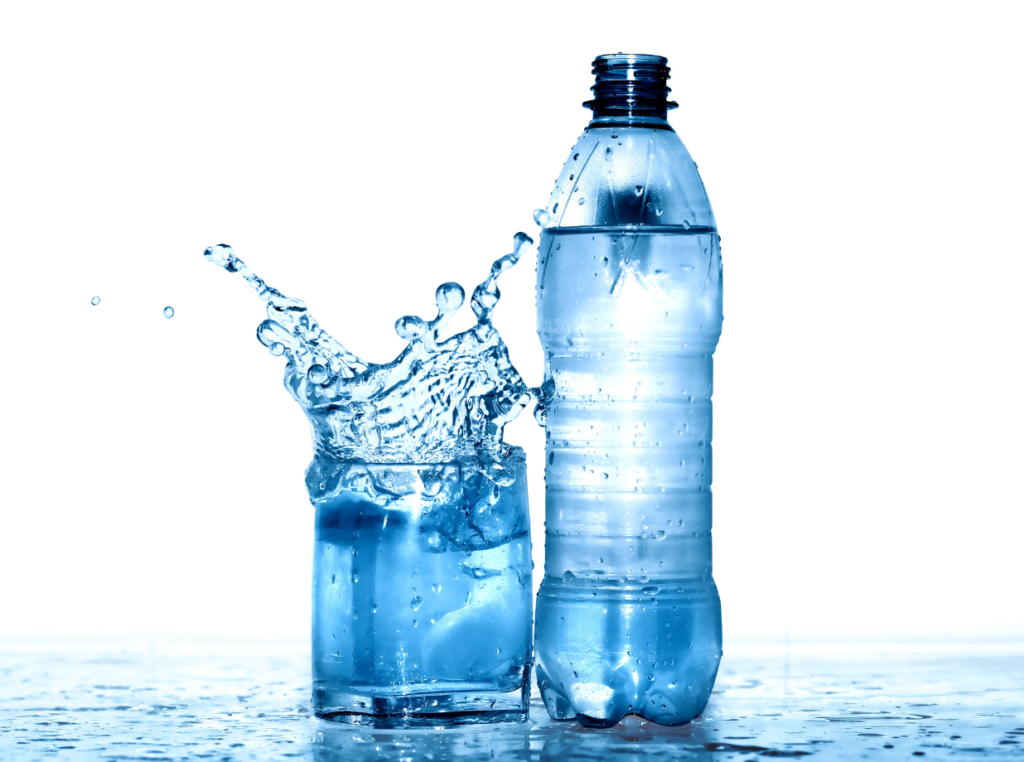Distilled water is produced through a process called distillation, which involves boiling water to create steam and then condensing the steam back into liquid form. The first step in the distillation process is to heat the water to its boiling point, which causes it to turn into steam. The steam is then collected and cooled down, causing it to condense back into liquid form. This process removes impurities and contaminants from the water, resulting in a pure and clean product.
Another method of distillation involves using a still, which is a device that heats the water and collects the steam in a separate chamber. As the steam cools down, it condenses into pure distilled water, leaving behind any impurities or contaminants. This process is often used in industrial settings to produce large quantities of distilled water for commercial use. Overall, the process of distilling water is effective in removing impurities and producing a high-quality, pure product that is safe for consumption and various other uses.
The Environmental Impact of Distilled Water Production
While the process of distilling water is effective in producing pure and clean water, it also has environmental impacts that should be considered. One of the main concerns is the amount of energy required to heat the water to its boiling point, which contributes to greenhouse gas emissions and air pollution. Additionally, the production of distilled water often involves the use of chemicals and materials that can have negative effects on the environment if not properly managed.
Another environmental impact of distilled water production is the amount of water used in the process. Distillation requires a significant amount of water to produce a relatively small amount of distilled water, which can put a strain on local water sources and ecosystems. Additionally, the disposal of waste products from the distillation process can also have negative effects on the environment if not properly managed. Overall, while distilled water is a high-quality product, its production can have significant environmental impacts that should be taken into consideration.

The Amount of Water Used in Distilled Water Production
The production of distilled water requires a significant amount of water to produce a relatively small amount of the final product. This is because the distillation process involves heating water to its boiling point, which causes it to turn into steam and then condense back into liquid form. As a result, a large amount of water is needed to produce a relatively small amount of distilled water. This can put a strain on local water sources and ecosystems, especially in areas where water scarcity is a concern.
In addition to the water used in the distillation process itself, there is also water used in the cooling and condensing of the steam back into liquid form. This further adds to the overall amount of water used in the production of distilled water. Overall, the amount of water used in distilled water production is a significant concern that should be taken into consideration when evaluating the environmental impact of this process.
The Energy Consumption in Distilled Water Production
The production of distilled water requires a significant amount of energy to heat the water to its boiling point and create steam. This energy consumption contributes to greenhouse gas emissions and air pollution, as well as adding to the overall environmental impact of distilled water production. In industrial settings, where large quantities of distilled water are produced, the energy consumption can be even higher, further exacerbating these concerns.
In addition to the energy used in heating the water, there is also energy used in cooling and condensing the steam back into liquid form. This further adds to the overall energy consumption in the production of distilled water. Overall, the energy consumption in distilled water production is a significant concern that should be taken into consideration when evaluating the environmental impact of this process.
The Economic Cost of Distilled Water Production
The production of distilled water also has economic costs that should be considered. The energy consumption required to heat and cool the water, as well as the materials and chemicals used in the distillation process, all contribute to the overall cost of producing distilled water. In industrial settings, where large quantities of distilled water are produced, these costs can be significant and impact the overall profitability of the operation.
Additionally, there are also costs associated with managing waste products from the distillation process and ensuring compliance with environmental regulations. These costs can add up and further impact the overall economic cost of producing distilled water. Overall, while distilled water is a high-quality product, its production comes with economic costs that should be taken into consideration when evaluating its overall value.
Alternatives to Distilled Water
There are several alternatives to distilled water that can be considered for various uses. One alternative is reverse osmosis, which involves using a membrane to remove impurities and contaminants from water. This process is effective in producing high-quality, clean water without the need for heating and cooling, reducing energy consumption and environmental impact.
Another alternative is using filtration systems, such as activated carbon filters, to remove impurities from water. This method is effective in producing clean and safe drinking water without the need for distillation or other energy-intensive processes. Additionally, rainwater harvesting and greywater recycling are alternative methods for obtaining clean water for various uses.
Overall, there are several alternatives to distilled water that can be considered for various uses, each with its own benefits and considerations.
The Importance of Water Conservation in Distilled Water Production
Water conservation is an important consideration in distilled water production, given the significant amount of water used in the process. Implementing measures to reduce water usage and improve efficiency can help minimize the strain on local water sources and ecosystems. This can include using recycled or reclaimed water in the distillation process, as well as implementing technologies to reduce overall water consumption.
Additionally, managing waste products from the distillation process and ensuring compliance with environmental regulations are important aspects of water conservation in distilled water production. Proper management of waste products can help minimize negative impacts on local ecosystems and ensure that resources are used efficiently.
Overall, water conservation is an important consideration in distilled water production that can help minimize environmental impacts and ensure sustainable use of resources. By implementing measures to reduce water usage and improve efficiency, producers can help minimize their overall impact on local ecosystems and contribute to sustainable practices in their operations.



